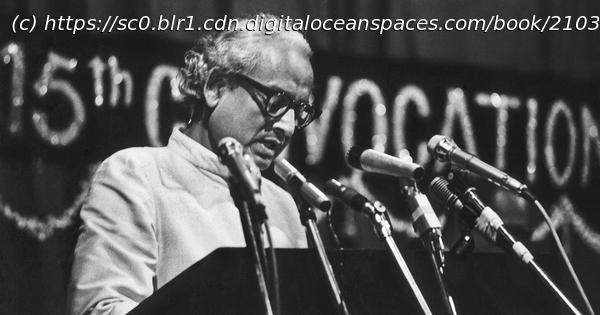The Film and Television Institute of India’s principal between 1961 and 1971 broadened the horizons of students, creating a lasting effect on Indian cinema.
The world of popular Indian cinema, and its icons like Geeta Bali, had a powerful hold on the students. It was the only cinema they had watched back home, and in most instances, it was the reason they had made the journey to Poona.
The preceding years may have seen a profusion of mediocre (or worse) films in India, just as the Film Enquiry Committee had said, but even in their midst a few filmmakers like Raj Kapoor, Bimal Roy, Mehboob Khan and Guru Dutt, among others, had been making some outstanding movies. Their output was so remarkable that the decade was later dubbed the ‘Golden Fifties’.
A newly independent nation, with its innumerable hopes and just as many problems, seemed to have stirred these filmmakers into new directions. If there was romance and soft-focus beauty, there was also hard-hitting social commentary. Awara (1951), Do Bigha Zamin (1953), Pyaasa (1957), Mother India (1957), Kaagaz ke Phool (1959 – a feast for any film buff – marked that decade. Mughal-e-Azam (1960) was spectacular. Sahib Bibi Aur Ghulam (1962) hit the screens soon after the first students walked into the Institute.
It was an inspiring time to dream about becoming a filmmaker. The songs, and often the scenes, of these movies played unsummoned in their minds.
The fifties had also seen the birth of a new kind of cinema, spearheaded by Satyajit Ray’s Pather Panchali (1955), a marked departure from the norms of the mainstream industry, realistic, shorn of glamour, largely shot on location, often with new faces, sometimes even with non-professional actors, and made on small budgets. Ray was prolific, sending out a knockout film every year, but there were others too, like Ritwik Ghatak with his quirky Ajantrik (1957) and Mrinal Sen with Neel Akasher Neechey (1958). The reach of these filmmakers was at first limited to Bengal – and even within Bengal a limited audience – and therefore unlikely to have been seen by students applying to the Institute.
Almost all these Indian landmark movies soon sat in the vaults of the Institute, either that belonging to the Institute’s own film library or in the Archive’s collection.
Home
United States
USA — Cinema Unsettling? Good: How Jagat Murari created a taste for world cinema among...






